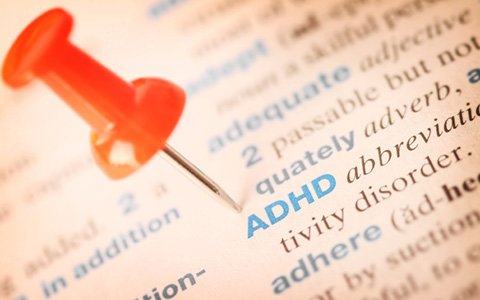Early developmental, temperamental and educational problems in 'substance use disorder' patients with and without ADHD: Does ADHD make a difference?
A study examining the differences in substance use disorders (SUD) with and without attention deficit hyperactivity disorder (ADHD) has found that those with ADHD had a significantly slower infant development, greater problems controlling their temperament, and lower educational attainment. Just over one in ten of the ADHD patients had been diagnosed and treated during childhood or adolescence.
Given a substantial prevalence of ADHD among patients with substance use disorder (SUD), an international team of researchers addressed the following research questions:
- Are early developmental, temperamental and educational problems overrepresented among SUD patients with ADHD compared to SUD patients without ADHD?
- Do this comorbid group receive early help for their ADHD, and are there signs of self-medicating with illicit central stimulants?
Method
An international, multi-centre cross-sectional study was carried out involving seven European countries, with 1205 patients in treatment for SUD. The mean age was 40 years and 27% of the sample was female. All participants were interviewed with the Mini International Neuropsychiatric Interview Plus and the Conners' Adult ADHD Diagnostic Interview for DSM-IV.
Results
SUD patients with ADHD (n = 196; 16.3% of the total sample) had a significantly slower infant development than SUD patients without ADHD (n = 1,009; 83.4%), had greater problems controlling their temperament, and had lower educational attainment. Only 24 (12%) of the current ADHD positive patients had been diagnosed and treated during childhood and/or adolescence. Finally, SUD patients with ADHD were more likely to have central stimulants or cannabis as their primary substance of abuse, whereas alcohol use was more likely to be the primary substance of abuse in SUD patients without ADHD.
Conclusion
The results emphasize the importance of early identification of ADHD and targeted interventions in the health and school system, as well as in the addiction field.












